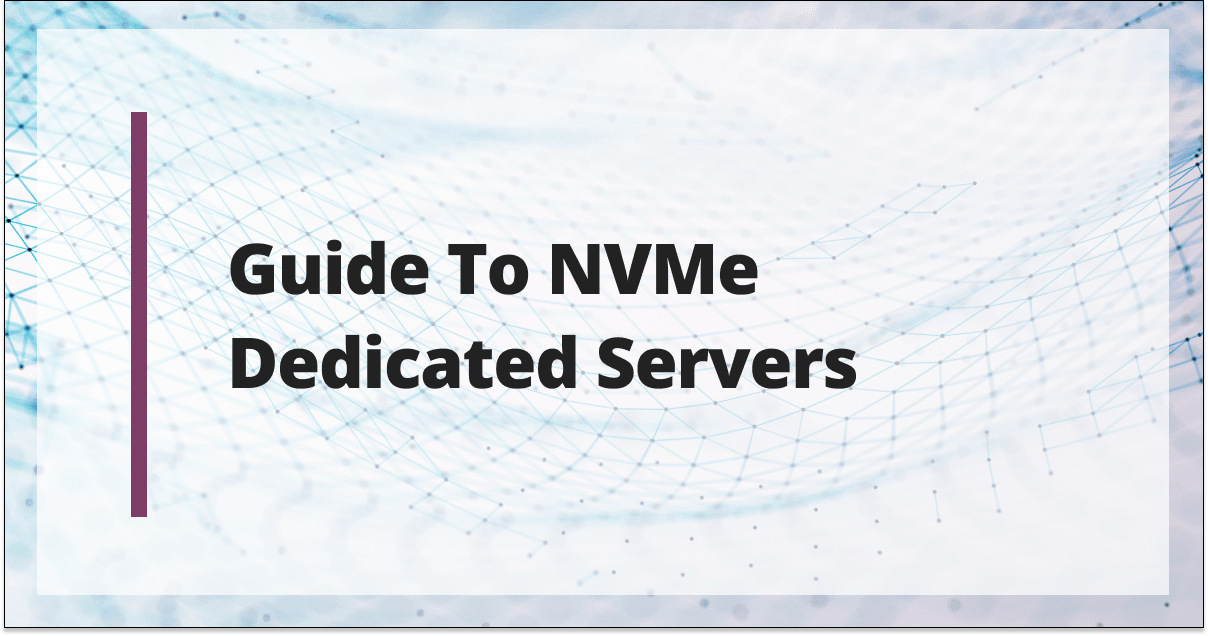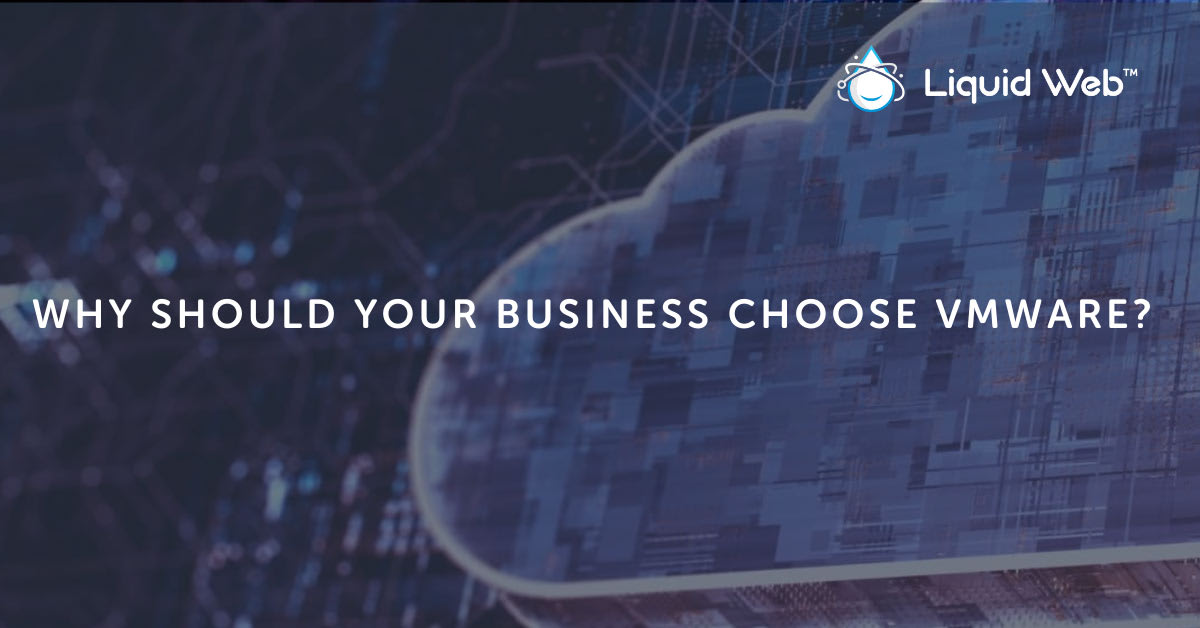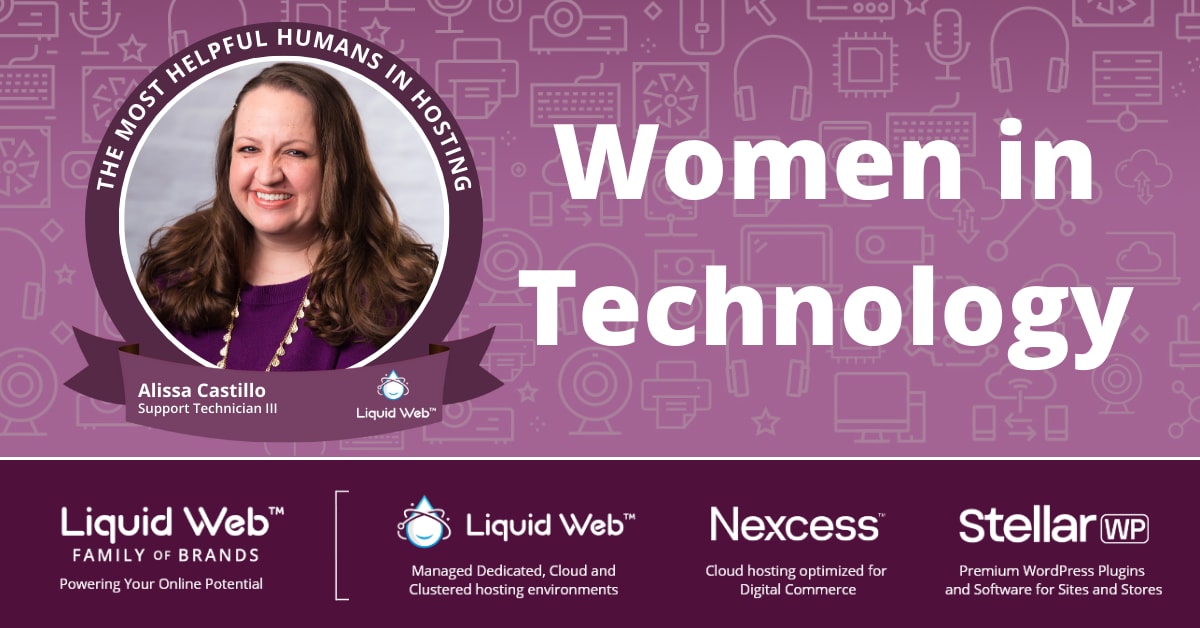
[ad_1]
The bright minds of the IT industry are constantly evolving and innovating to keep up with modern society. Cloud computing, edge computing, and the Internet of Things (IoT) are all revolutionary tools that completely disrupt how we work and play in the digital world. Recently, however, technology has taken its next big leap.
Enter non-volatile memory express (NVMe) drives. NVMe is a revolutionary storage technology specifically formatted for the long term and takes advantage of cutting-edge peripheral component interconnect (PCI) technology, the local computer bus for attaching hardware devices in a computer. This technology is part of the PCI Local Bus standard and can be further extended to hosting to create NVMe dedicated server environments that expand on the benefits of cloud dedicated technology.
What Is an NVMe Server?
An NVMe storage server represents the next evolution in data storage. This new technology helps to bridge the feature gap in cloud vs physical servers.
Until now, server data storage has run on SATA (Serial Advanced Technology Attachment). This format stores data sequentially and has done the IT industry well up until now.
In contrast, NVMe stores data non-sequentially. More specifically, NVMe technology takes a parallel approach to data storage.
A simpler way to understand this is to imagine you’re traveling in your car. SATA technology is like driving on a one-lane road. Traffic will move more slowly in this scenario than if you were on a road with multiple lanes. That’s where an NVMe dedicated server differs.
NVMe storage treats data like cars on a superhighway, providing multiple lanes for travel. This is because data is moving in parallel as opposed to sequentially. The result is much faster, more agile data transmission. NVMe servers also experience less lagging and use less power than legacy dedicated server models.
NVMe Dedicated Servers
Reduced latency and lagging are the primary reasons for using an NVMe server over other models. The fact that NVMe servers are compatible with PCI Express provides them with significant expansion opportunities. Through PCI Express (PCIe) technology, NVMe servers can accommodate more read/write operations per second, increasing the overall operation speed.
The increased speed and superhighway style of data transmission you get by leveraging NVMe for servers may come in handy for resource-intensive apps. Software applications that require a lot of data or operations will run faster on NVMe storage than the traditional solid state drive (SSD) format.
Experts claim NVMe’s processing speed is six times faster than SSD storage. And, as if that wasn’t enough, you can create a hybrid NVMe and SSD server through NVMe’s extra storage slots. The result is a faster SSD server that uses much less power than before.
How Do NVMe Servers Work?
NVMe servers reap the benefits of NVMe’s inherent parallel data structure and transmission. Because data transmissions don’t happen sequentially anymore on an NVMe server, processing speed increases exponentially.
Servers with NVMe technology will increase their processing speed by a factor of six, compared to HDD or SSD configurations. This gives NVMe servers the ability to complete around 500,000 operations per second.
Even more impressive is NVMe’s resource usage. The bandwidth, latency, and processing improvements provided by NVMe all happen with less draw on your server’s power resources. That’s a big win for IT.
Benefits of NVMe Servers
If we’ve piqued your interest in NVMe technology thus far, and it sounds like it might be a good fit for your business, here are some more in-depth benefits to help you make your decision:
Takes Up Less Space
In addition to revving up your bandwidth and processing speed, NVMe will also reduce the clutter of your server configuration. SSD drives are typically 2.5”. While that is small and was impressive for a time, NVMe storage takes up even less space than that.
Ultimately, by using NVMe, users get more power and better storage in less space, which leaves room for even more storage capacity.
Increased Data Speeds
Think back to our superhighway example. Because of its parallel nature, NVMe transmits data much faster than traditional storage formats. In fact, NVMe is widely considered the fastest option on the market today.
Parallel data transfer is only part of the story. What makes NVMe so fast is that this parallel structure is coupled with PCIe technology. Additionally, NVMe servers control RAID parameters with software instead of hardware. This reduces space and helps to increase the overall site speed and server performance for digital assets hosted on NVMe dedicated servers.
Fewer Cables
The traditional SATA data configuration requires a SATA cable. If your data center relies on rack-mounted servers, these cables can increase clutter and leave less room for critical server components.
NVMe uses an M.2 connector that makes SATA cables obsolete. Not only does this reduce crowding and leave more room for storage or memory resources, but it may also help reduce server overheating issues.
Downsides of NVMe Servers
It’s important to understand that while NVMe technology is a substantial leap forward for server and storage technology, it’s not without its drawbacks. Here are some of the drawbacks potential NVMe dedicated server users should look for:
Lack of Support
Since NVMe is a relatively new technology, legacy systems may not support its use. IT technicians and system admins who want to switch their data center over to NVMe may be looking at an uphill battle. Switching out a significant portion of your current hardware and systems may require considerable time, energy, and money.
Can Be Less Cost-Effective
NVMe technology may not be the best choice if you plan on storing data at scale. Running an NVMe server can be more expensive than spinning up virtual machines as you need them.
Limited Drive Choice
Because the IT world is still becoming accustomed to NVMe technology, there are limits to the peripherals technicians can use. While NVMe does support various storage formats across various operating systems, the challenge is with the M.2 connector. Since NVMe relies on this format, it may severely limit the drive options available.
Most of the drawbacks we see with NVMe come from its relative infancy in the IT world. Hopefully, over time, our best and brightest will be able to overcome these challenges, eventually bringing the benefits of NVMe to the masses.
Who Stands to Benefit Most from NVMe Servers?
NVMe dedicated servers will go on to revolutionize many industries. But as for right now, there are a few standout areas where this technology is beginning to shine.
eCommerce and finance apps are benefiting greatly from the advent of NVMe tech. The data transmission speed brought on by NVMe’s parallel structure and PCIe compatibility help apps in these sectors with real-time data access.
AI technology and machine learning (ML) applications will also benefit. By exponentially increasing processing speed, we may begin to see some of the AI and ML applications we’ve only dreamed about or seen in movies. Processing more of these operations per second could also enable us to delve further into Deep Learning and the benefits it can provide across industries like healthcare, finance, and more.
Liquid Web Has Got You Covered
To discover more about what an NVMe dedicated server can do for your business, contact us at Liquid Web today. One of our Most Helpful Humans in Hosting will be happy to answer any of your questions.
Technology may be ever-changing, but Liquid Web is still here. Whether it’s NVMe, dedicated server or cloud hosting, or more, our goal remains the same: helping small businesses be their best, no matter what technology it takes.
Check out our solutions or reach out to get started with Liquid Web today.
[ad_2]
Source link






